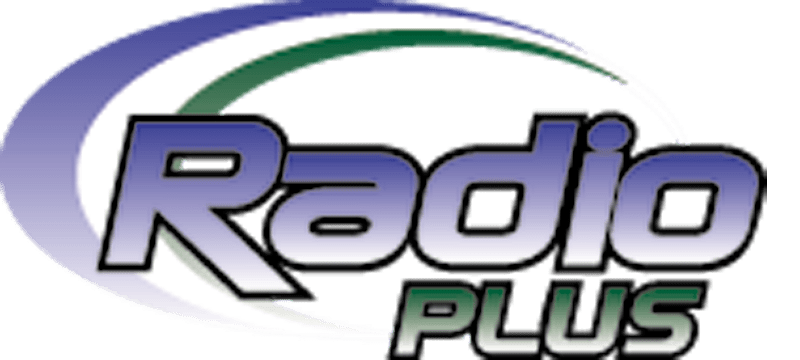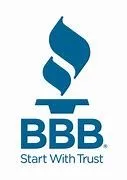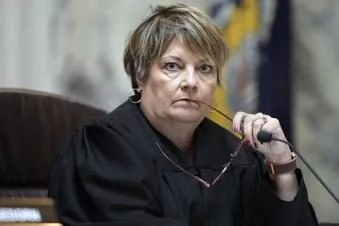
WISCONSIN – Today, Senator Tammy Baldwin (D-WI) announced that the U.S. Department of Transportation is making an over $38.6 million investment into Amtrak’s Borealis Service, which runs from Chicago to Minneapolis with eight stops in Wisconsin, including Milwaukee, the Wisconsin Dells, and La Crosse. This federal investment, which comes from the Baldwin-backed Bipartisan Infrastructure Law and annual funding legislation, will support new service rollout efforts of the Borealis service which fills existing schedule gaps in Wisconsin’s commuter rail service. “Our Bipartisan Infrastructure Law invests in more than just roads and bridges, it’s investing in every way Wisconsinites travel and helping them get from A to B safely and more efficiently. Investing in commuter rail gives Wisconsinites and visitors alike more options to explore the Badger state, support our local economies, and visit their loved ones,” said Senator Baldwin. “This investment doubles down on the success of Amtrak’s Borealis Service, reducing wear and tear on our roads, attracting new visitors, and bringing new business to our state.” The U.S. Department of Transportation’s Restoration and Enhancement Grants Program (R&E Program) assists with operating costs for eligible projects that will establish service on new routes, restore service on routes that formerly had intercity passenger operations, and enhance service on existing routes. The Baldwin-backed Bipartisan Infrastructure Law includes $102 billion in total rail funding, including $250 million for the R&E Program. Daily roundtrip Amtrak Borealis Service from Chicago, IL to Minneapolis-St. Paul, MN began in May 2024, exceeding over 100,000 riders last year in its first 22 weeks alone. Borealis service – which makes stops in Sturtevant, Milwaukee, Columbus, Portage, the Wisconsin Dells, Tomah, and La Crosse – fills schedule gaps between Amtrak Empire Builder trains, allowing for more flexible travel for urban and rural communities on the route. This funding would support the balance of the second year of service through years three through six, with Wisconsin, Minnesota, and Illinois providing the non-R&E funding share.







